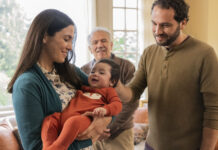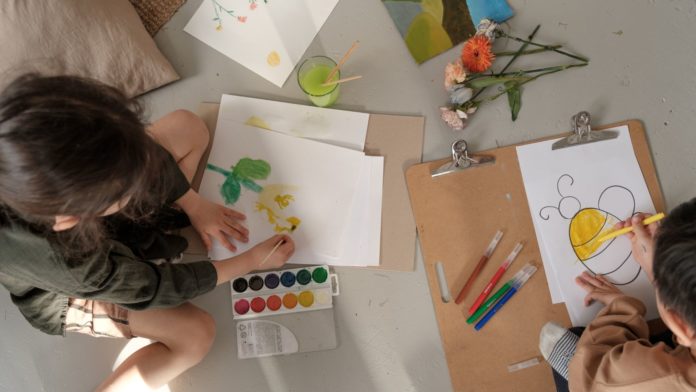When Facebook first hit scene in 2006 and the general public gained access, my husband was on it right away, already nimble with this brand-new, abbreviated publishing medium. It took him a while to convince me to join, fueling us both with promises of easy updates between faraway friends (true), of seeing beautiful photos (true and false), and of reading interesting information (true, but intrinsically skewed and more dangerous than imagined). We also misjudged the price of providing our information to the “free” service, but a decade later it is far clearer that there is a cost to the “browsing” and “liking” we do online.
Skeptical and clumsy with the tweet-length communications required by the “status update” genre, I remained an infrequent user of the medium. I saw and perhaps even understood some of the conventions that people who were “good at” Facebook were using in their photos and updates around ’07-’08, but thinking about them for too long or trying to emulate them made me feel squirmy. Primarily, I was not so comfortable being the subject of my own photography or revealing my every thought. Or was it more a whim? Also, I was not a particularly good photographer. Suffice to say, I was not on my way to becoming a social media influencer.
When I had my first baby, not a year later, my perspective changed dramatically and with it, my attitude toward sharing my personal moments. Since my baby was endlessly fascinating to me, I assumed if he was even a little bit of that to everyone else, or at least the few hundred people who could see my profile, I should post a few pictures. Also, no matter how little I had mastered the arts of lighting and composition, this baby was beautiful, and my hormones sure as hell told me so. Why not adorn cyberspace with a handful of shots of him sleeping, smiling, taking a bath?
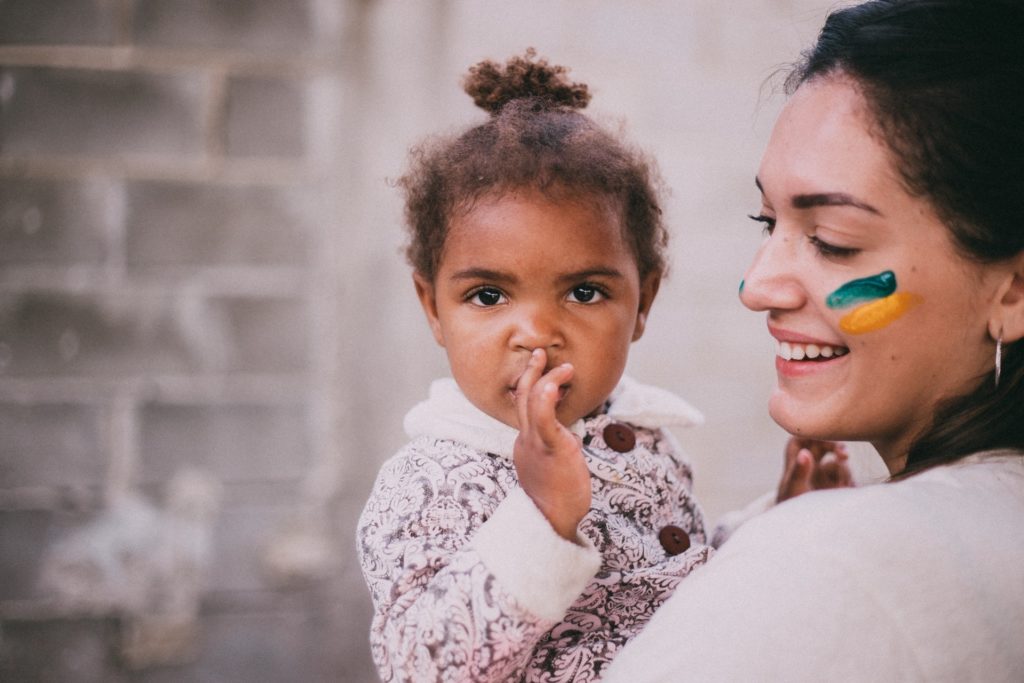
Babies grow, they move and emote more and more. Sometimes they are joined by siblings and their adorable interactions merit even more pictures, even video. Here they are playing, here they are fighting. Aunt Ruth, all the grandparents, and best of friends always like and comment and send well wishes and unsolicited advice. What happens then is a sort of displacement: while we become the recipients of the praise directed at our child, we are no longer the subject of people’s disengagement or rejection.
The Truth About Sharenting
To say it another way, as parents posting things about our kids, especially those too young to give or remove their informed participation, we are free to take personally all the praise and, for a short time before the child develops an awareness of what is going on in this alternate universe of social media, no one experiences negative feelings. Much easier to speaking about ourselves and our own accomplishments, sharing our children’s is the ultimate humble brag — I’m not saying I’m great, but look who is. It becomes quite easy to grow tiresome in our repetitive posts. But aside from how annoying sharenting can be, it can also have more weighty consequences.
Let’s pause a moment on the vast difference between me, late twenties/early thirties, coming into consciousness of this technology, new to me and everyone else around me, and me as a parent a decade later, beginning to see how this information is being used. We delved in headfirst back then, unknowing not only of the outcome of the experiment (as one usually is at the start), but even of the various folds it will travel across before our own personal denouement. Now, I make decisions both for myself, my partner, and our kids that create digital footprints — or not — for each of us. Over this last decade or so, my husband and I have had flickering opinions about this platform, others like it, and even on social media in general. But more important are our own personal discoveries is what we are learning as a culture.
The Next Generation
As we dive into the second decade when the notion of posting photos online became standard, the first pause hits alongside the realization that the babies whose pictures were posted in the early days of Facebook are now ten or twelve years old. They are likely coming into their very own consciousness of social media, and whether they like it or not, use it or not, this initial point of discomfiture with how much we should share as parents fully crystallizes: how does my kid feel about things I have posted in the past? And as an easy addendum: how does he feel about what I am posting now?

Take a moment to remember how mortified you were by the things your parents and their friends found cute about you and their kids when you were twelve years old. Now, imagine the adults being able to share it in a single blast, complete with photo, with their closest 700 friends — and that’s in the event they have a limited profile that is not open to the public. In the best case scenario, it’s embarrassing, and one in four tweens reports feeling this way about photos their parents post. Pushing boundaries with a pre-adolescent by oversharing about their life without consent seems like getting off a notoriously rocky path on the wrong foot.
Surely, speaking with our children as soon as they have enough awareness of what is happening on social media gives them context for what we mean when we say we are posting or, essentially, publishing photos of them. Asking their consent to post avoids potentially awkward situations. Some even fear that sharenting, or sharing material that is not approved, excessive, embarrassing, or private, will feed adversity between parents and minors. By design, parents will be hard to rein by their own children. Who would be in charge of policing these excesses? Experts theorize we may eventually need special legislation to set appropriate boundaries and that children will have to pursue litigious routes to get the sharenting taken down.
The Ethics (or Lack Thereof?) of Sharenting
Of course, most children won’t actually be able to afford an attorney or know how to bring a suit. Aside from the likelihood that a child might sue her parents for posting an unflattering picture, we could consider simply how that makes her feel, what it telegraphs to her about how her parents value her, and about their relationship. There is no reason not to discuss with our children which pictures we post of them and allow them a say in the process. Not only do they have a right to be portrayed or opt out, but we are modeling behavior for them, in social media and beyond.
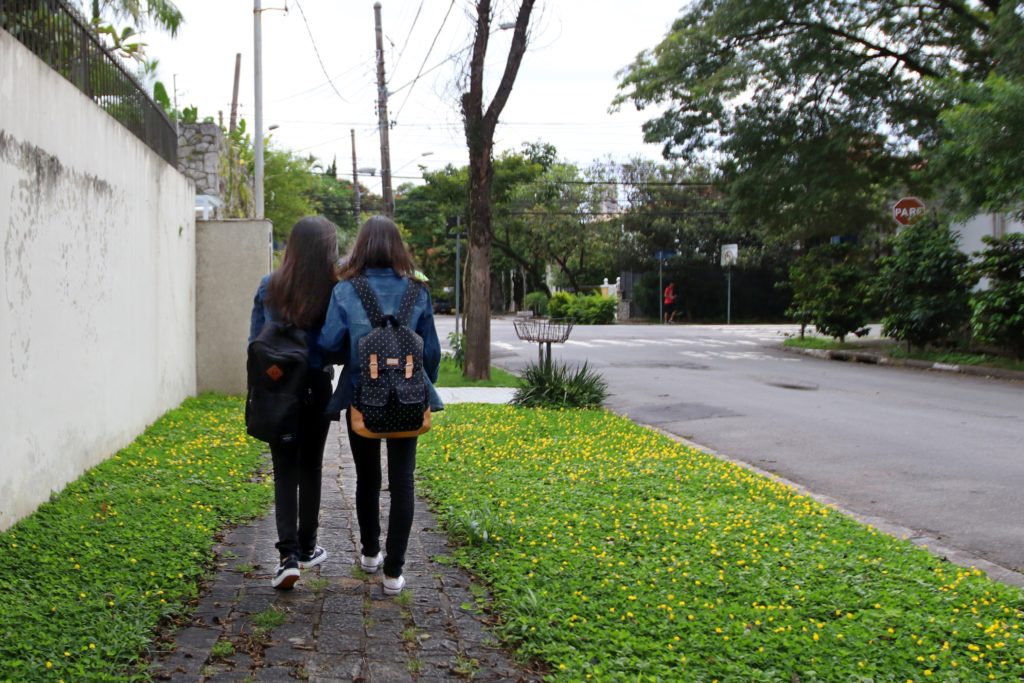
Often, kids become aware of their parents’ sharenting precisely as they are coming into their first social media personae on their first devices. If we overshare, we can have little expectation that they will not immediately learn to do the same. While we are fully grown and have about as much impulse inhibition as we’ll ever have, kids do not. This makes these tween and teen years such vulnerable moments for online predators. As parents, we are not obligated to give up our social media accounts, but we do have a responsibility to demonstrate a vigilant and smart use of these platforms for our kids, who do not yet have a keen radar for what is private and what is for public consumption. Savvy kids don’t even leave a trail of oversharing or inappropriate behavior for us to discover and help them pick up: they are more prone to Snapchat and similar services with self-dissolving messaging. These can serve conductors for risky behavior.
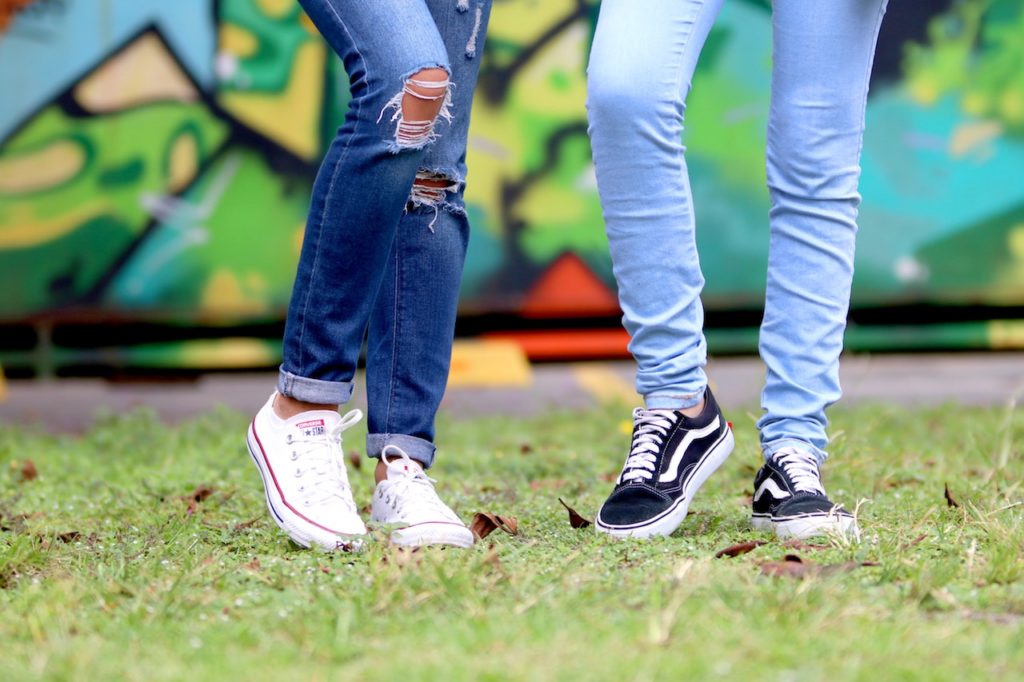
Many children who are famous on Facebook are still too young to fully understand or be able to give consent in the first place. The younger the child, the more innocent sharenting can seem, but the incidence of digital kidnapping is high enough that a phrase like “digital kidnapping” exists. Information contained in birth announcements, like full name and date of birth, together with pictures, makes kids prone to identity theft straight out of the gate.
Walking the Fine Line
Parents sometimes take comfort, thinking that closed groups or limited audiences on social media protects them from these situations, but the notion that we can be sure about the motivation of everyone connected to us by several degrees is unrealistic. Instead, a more common sense approach is the safer baseline. Nude pictures must be avoided because there are pedophiles out there — I know how harsh that sounds, but it’s reality. Audiences for posts should be limited, not public, unless parents are prepared to deal with comment section sewage, criticism, and potential danger to their family.
Experts agree that parents should have no expectations of privacy (again, a great lesson to teach kids before they start posting things they can grow to regret) and assume anything they post can become fully public. The permanence of data on the web makes the potential pitfalls to the child more long-reaching. Pictures posted from the moment of birth inaugurate the digital footprint of the child, and subsequent ones are added to a cache of discoverable data about them.
What is done with that information, and all the information we provide about ourselves on the internet when we are users of “free” social media platforms is still in the process of being manipulated, exploited, and capitalized upon. We already know that our browsing habits result in targeted ads, that our disclosure of our political opinion or other personal information can result in loss of employment and personal relationships. What about the pictures we post of our kids? Can those be used later to keep them out of a job, school, or organization? Will they make them vulnerable to fraud or other commercial exploitation? The difference is that when we hamstring ourselves by oversharing, we deserve the consequences. Sharenting affects our kid, instead, and here we are right back to the original issue — we are creating a potentially problematic digital footprint for someone other than ourselves, without full knowledge of where it can go and, sometimes, without consent.
Or, Should Parents Simply Abstain from Posting About Their Kids?
For some, this is the most appealing option, while other travel in the opposite direction and run social media accounts that revolve around their kids. Some families, like the Hoopers or van der Beeks, have accounts that feature their gorgeous kids, front and center. They have received criticism for this. Other, perhaps less visible, families have special circumstances or valuable lessons to contribute to online communities and also choose to showcase their children in image, name, persona, and more. Can they find ways to put their stories out there without necessarily opening themselves up to personal attacks?
One of my favorite Instagram accounts is run by the actor and writer, Jenny Mollen. She is sarcastic, smart, and sufficiently inappropriate. A devoted, neurotic, loving parent, her page is funny and self-deprecating and while she definitely refers to her kids, she always censors their faces, placing a digital mask over their recognizable features. Any desire for a close up is satisfied instead by putting her camera right up to the edge of her elaborate bento box lunches, created with her oldest in mind, whom she calls a “dictator.” The photos often include an “after,” to chronicle the kid’s reaction to his mother’s artistic attempt to nourish him.
While we can all privately lament the fact we are not Jenny Mollen, what we can learn is that even while creating a digital footprint for our children and including them in our social media presence, we can likewise find other ways to “leave them out of it.” If we choose to share things about our children, exercising some common sense restraint and other more creative ways of limiting their exposure and vulnerability is the best way to keep from sharenting.
For Image credit or remove please email for immediate removal - info@belatina.com



